Key steps for creating a professional roofing resume

By Briquelle Simpson, JobNimbus
Every roofer starts by getting hired. But how do you know what the company is looking for?
A roofer's craftsmanship is the key to every flawless roof, guarding our homes and buildings against all weather conditions.
Whether you’re interested in starting your career as a roofer, or you’re already a seasoned professional wanting to elevate your career, it all starts with enhancing your resume. A strong resume is an essential tool to prove you are the right fit for a particular role. This article will dissect the elements of a roofer’s resume and help you transform yours to better qualify for any roofing position.
What to put in a roofer resume
When making your roofer resume, you only need to provide the most essential information. Here’s a template you can follow to outline your roofing resume:
- Contact Information
- Professional Summary
- Work Experience
- Licenses
- Education
- Skills
9 steps to write a roofer resume.
1 - Pick a resume design
There are thousands of different ways to design your resume. You can personalize the format to show off your personality and professionalism. But be sure to stick to these general resume guidelines:
- Use a font that is easy to read.
- Keep the font size at 10 or higher so the reader doesn’t have to squint.
- Make your resume fit on 1 page.
- Design for the golden triangle: put the most important information in the top left corner, across the top, and down the left side of the page.
- Make your name stand out from the rest of the resume.
2 - Fill out your contact information
Your contact information should be close to your name, so they’re easily associated. You can add as much contact information as you’re comfortable with but include your email address and phone number at the very least.
If you’d like, you can also highlight your LinkedIn profile or a personal website showcasing your work.
Although it used to be common practice to put your address on your resume, you don’t need to. Since you don’t know where your resume will end up, it’s safer not to include your home address.
3 - Create a professional summary
What is a professional summary on a resume? This short description should be the written equivalent of your elevator pitch.
How would you sell yourself in one paragraph? What should the recruiter know about you before diving into specifics?
The point is to hook them enough to keep reading your resume. Give them a glimpse at the rest of what’s on your resume without repeating yourself.
Our best tip for writing a professional resume is to incorporate key words or responsibilities from the job description. Using those words will show you did your homework and that you have the skills they’re looking for.
4 - Cover your work history
Future employers want to see what you’ve done and the experience you have. In this section, make sure you put your work history in reverse chronological order—starting with your most recent job.
If you’ve had many jobs in various industries, you don’t need to list them all here. Include your most relevant and most recent positions.
Here are some tips for writing your work history.
- List your title, the company’s name, the location, and the years you worked there—you can add months as well, but they aren’t necessary.
- Add bulleted descriptions under each experience that explain what you did in that role.
- Use past tense to describe your past roles, present tense for current responsibilities.
- Choose strong verbs to describe each experience.
- Take out unnecessary language like “I” or “we” in bullet points.
- Provide numbers or results where possible.
- Focus on what you personally did and the effect it had on your customers, company, or team.
5 - List your related licenses
Having the right licenses can give you an advantage in the hiring process. The exact roofing licenses you need vary by state, but having official licenses attests to your experience.
If you don’t have any roofing-related licenses, don’t worry. You can skip this section on your roofer resume.
6 - Dive into your education history
Like your work history, start with your most recent education experience. Include where you went, when you were there, and what degree or certificate you received. You’ll also want to mention the location of each educational institution you attended.
Most roofing positions require a high school diploma or equivalent, whether that’s a GED or a trade school.
7 - Capture your roofer work skills
Hard skills versus soft skills
All work skills fall into one of two categories: hard or soft skills. Hard skills are skills that you earn through experience and can visually demonstrate. You can typically prove your hard skills with tests, certificates, or work samples.
The other type of valuable skill is soft skills. These skills are traits and abilities you develop over time and affect how you interact with others. Soft skills are harder to measure, but they speak volumes about who you are and why you do what you do.
Examples of roofer hard skills
Here are some examples of hard skills you might have on your roofer resume.
- Roofing
- TPO/flat roofing
- Exterior renovation
- Full roof inspections
- Carpentry
- Knowledge of hand and power tools
- Experience with different types of shingles (asphalt, clay, metal, etc.)
Examples of roofer soft skills
Roofing soft skills are harder to learn, which is what makes these so valuable. If you already have soft skills but need more roofing hard skills, you can learn the hard skills along the way.
Here are some soft skills worth mentioning (if they apply) on your roofer resume.
- Attention to detail
- Communication skills
- Strong work ethic
- Decision making
- Time management
- Willingness to learn
- Dependability
8 - Check for mistakes
After building out your roofer resume, take the time to check it for errors. Even having just one mistake on your resume can give the impression that you don’t care about the job. Run through your entire resume, looking for:
- Spelling mistakes
- Missing or extra punctuation
- Inconsistent formatting (e.g., spelling out October in parts but putting Oct. in others)
- Wrong chronological order
9 - Have someone review your roofer resume
You know that if a recruiter looks at anything, they’ll look at your resume. You want to put your best foot forward, so have a separate party read your resume.
Getting different eyes on your roofing resume will help you spot anything you missed, and they can give you helpful feedback. If they don’t understand one of your bullet points, that can be your cue to reword that section.
Roofer resume examples & templates
QwikResume
QwikResume has 10+ roofing-specific resume templates you can use to build your own roofer resume. Each template has different levels of education and experience, so you can find the one that best fits your situation. You can check out their roofer resume examples here.
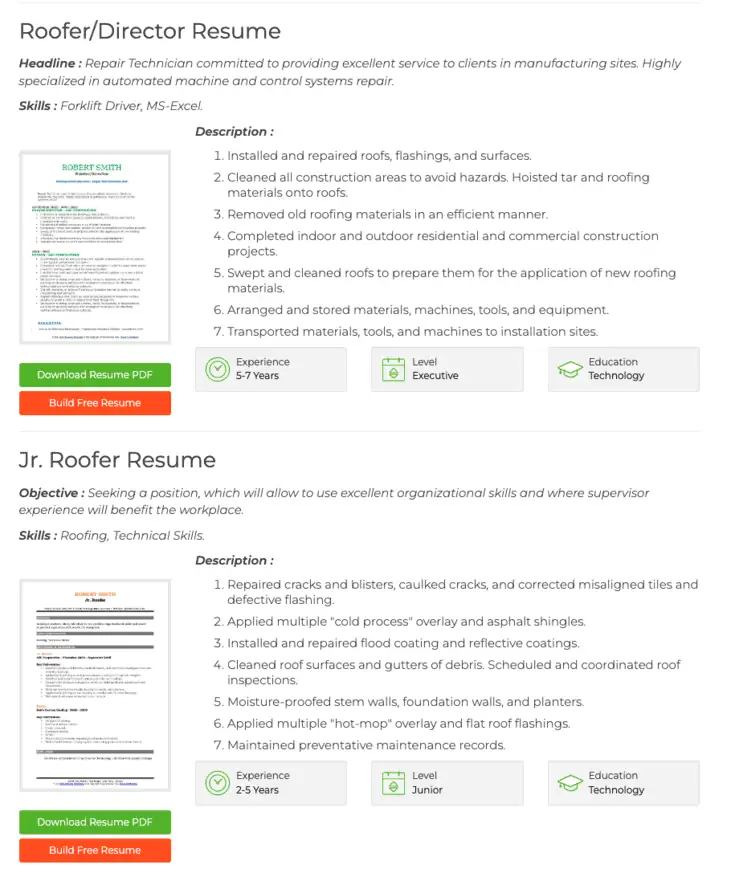
Kickresume
The Kickresume roofer resume template emphasizes skills, which makes it a great choice for roofers with limited work experience. This template doesn’t have a license section, but you can add it if needed. Start editing the Kickresume roofing resume template here.
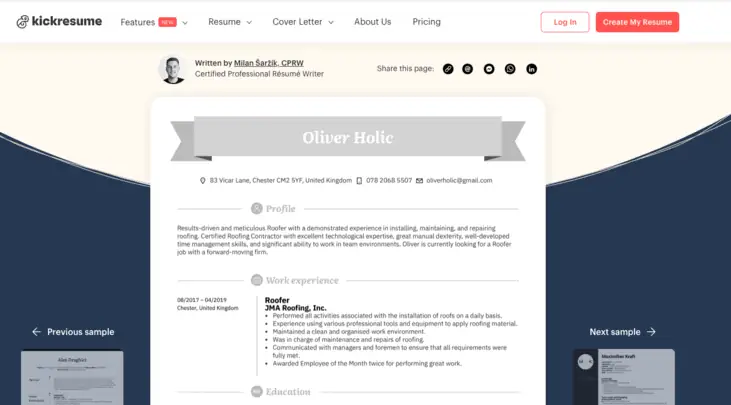
Canva
Canva is a gold mine for creating professional-looking resumes for free. While they don’t have any specific roofing resume templates, they do have thousands of resume templates you can use. All you have to do is fill in the blanks—no design work is required.
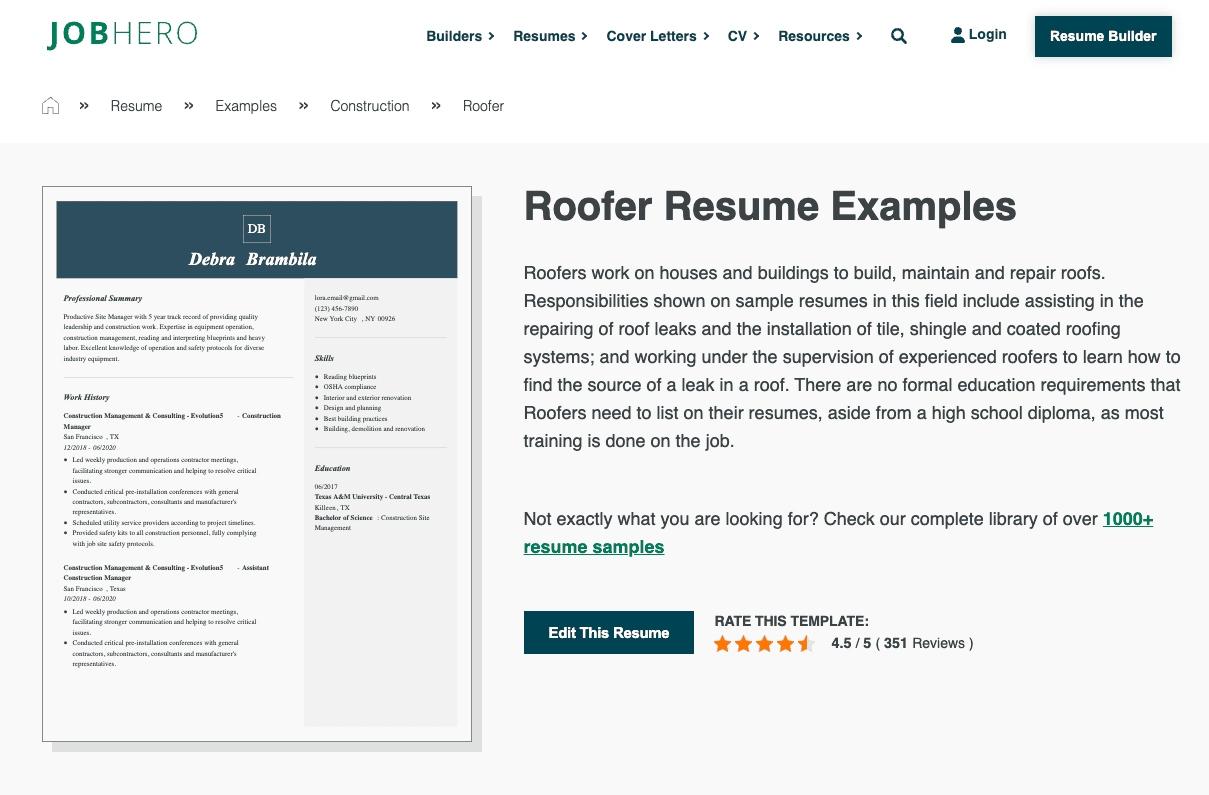
JobHero
JobHero has a roofing resume template you can edit, download, and print. Their template also includes industry-specific bullet points that can help you get your creative wheels turning. You can access the JobHero roof resume template here.
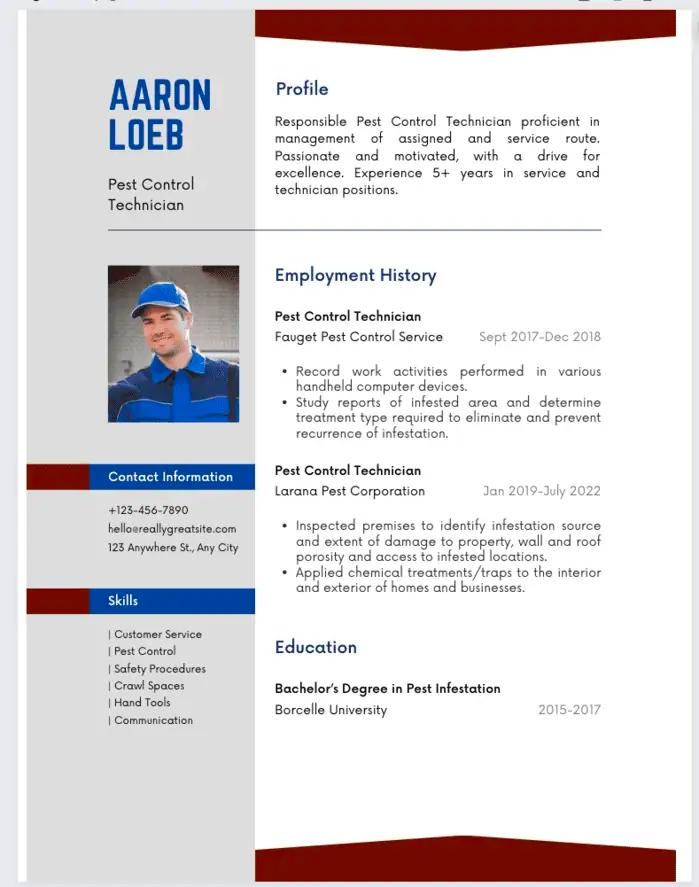
Put your best resume forward
Crafting a compelling roofer resume is more than just listing your work. It’s about showcasing the unique qualityqualities, skills and accomplishments that make you great at what you do. By following these nine steps, you’ll be well on your way to impressing potential employers.
Best of luck on your roofing journey!
Learn more about JobNimbus in their Coffee Shop Directory or visit www.JobNimbus.com.













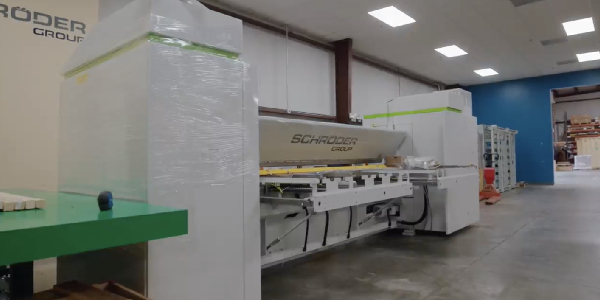
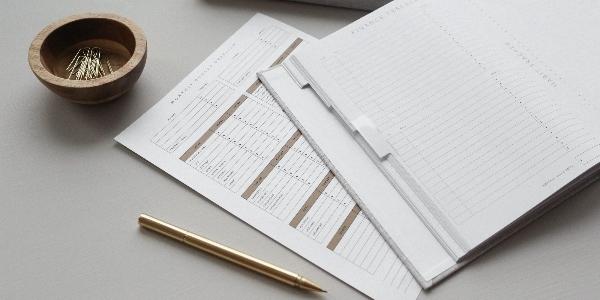







Comments
Leave a Reply
Have an account? Login to leave a comment!
Sign In